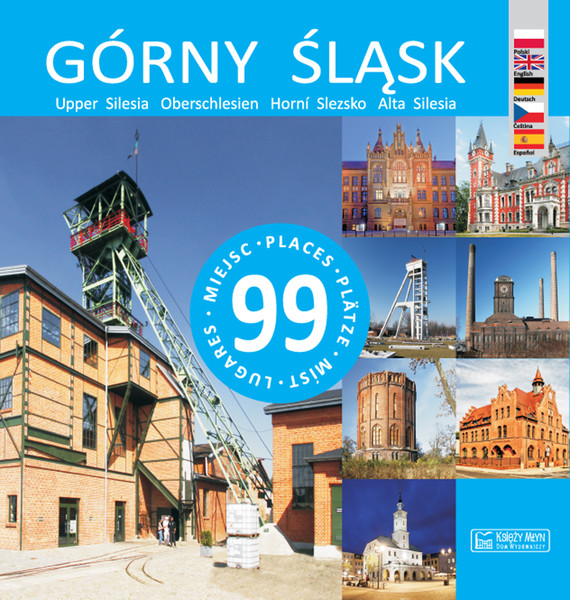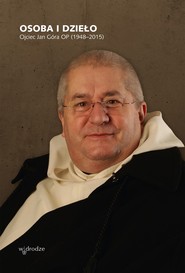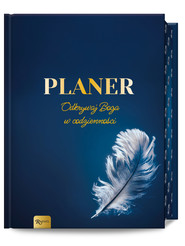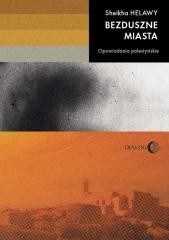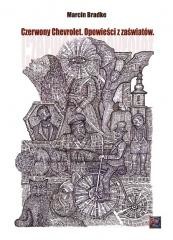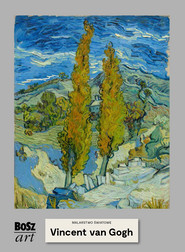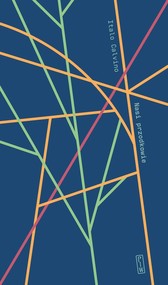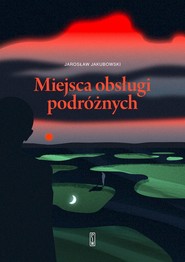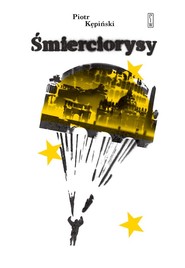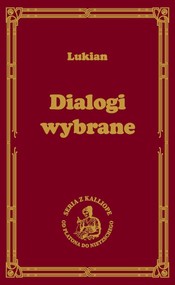Opis treści
Górny Śląsk – 99 miejsc
Górny Śląsk intryguje różnorodnością. To region, który łączy poprzemysłowe dziedzictwo i nowoczesne technologie. Dawne zakłady, szyby kopalniane, hale fabryczne zostają współcześnie adaptowane do nowych funkcji. W zabytkowych przestrzeniach powstają biura, mieszkania, kawiarnie, galerie sztuki. Niezwykłe zdjęcia Pawła Pomykalskiego odkrywają piękno górnośląskiej tradycji w nowoczesnej odsłonie.
Górny Śląsk to obszar o bardzo skomplikowanej historii, która przyczyniła się do jego odrębności kulturowej. W XIX wieku dzięki wielkim imperiom przemysłowym powstawały zakłady, kolonie robotnicze z charakterystycznymi domami typu familok, szkoły, szpitale, sklepy i kościoły. Rozwijało się górnictwo, które w czasach PRL stało się podstawą gospodarki opartej na przemyśle ciężkim.
Po procesie transformacji ustrojowej zmieniło się oblicze Górnego Śląska. Współcześnie przemysł ciężki ustąpił miejsca nowoczesnym technologiom i branży kreatywnej. Powstały nowe imponujące obiekty będące symbolem nauki, kultury i sztuki – gmachy Muzeum Śląskiego i Narodowej Orkiestry Symfonicznej Polskiego Radia w Katowicach.
Przy każdym obiekcie umieszczonym w albumie podano podstawowe informacje o jego historii: pierwotną i obecną nazwę, autora projektu i lata budowy. Opisy zostały przygotowane w języku polskim, angielskim, niemieckim, czeskim i hiszpańskim.
Upper Silesia – 99 places
Upper Silesia demonstrates intriguing diversity. It is a region which combines post-industrial heritage and modern technologies. Old plants, mine shafts, factory halls are nowadays adapted to new functions. Historic spaces house offices, apartments, cafes, and art galleries. Paweł Pomykalski’s remarkable pictures reveal the beauty of the Upper Silesian tradition with a modern twist.
Upper Silesia is an area with a very complicated history which has contributed to its cultural distinctiveness. In the nineteenth century, thanks to the great industrial empires there emerged plants, workers’ colonies with characteristic familok houses, schools, hospitals, shops, and churches. Mining industry was developing and during the Polish People’s Republic it has become a mainstay of the economy based on heavy industry.
Following the process of political transformation the look of Upper Silesia has changed. Today the heavy industry has given way to new technologies and creative industry. The new impressive facilities emerged which are a symbol of science, culture and art - the buildings of the Silesian Museum and the National Polish Radio Symphony Orchestra in Katowice.
Each facility in the album is captioned with basic information about its history: the original and current name, the author of design and years of construction. Captions are provided in Polish, English, German, Czech, and Spanish.
Oberschlesien – 99 Plätze
Oberschlesien fasziniert mit seiner Vielfalt. In der Region verbinden sich das Industrieerbe und moderne Technologien. Alte Betriebe, Schächte und Werkhallen werden heute an neue Funktionen angepasst. In den historischen Räumen entstehen Büros, Wohnungen, Cafés und Kunstgalerien. Außergewöhnliche Fotos von Paweł Pomykalski enthüllen die Schönheit der oberschlesischen Tradition in moderner Aufmachung.
Die Geschichte Oberschlesiens war sehr vielschichtig und trug zur kulturellen Eigenart des Gebiets bei. Dank mächtigen Industriewerken entstanden im 19. Jh. Betriebe, Arbeiterkolonien mit charakteristischen Wohnhäusern, sog. Familoks, Schulen, Krankenhäuser, Läden und Kirchen. Der Bergbau entwickelte sich und wurde in der Zeit des kommunistischen Polens zur Basis der Wirtschaft, die sich auf Schwerindustrie stützte.
Das Bild von Oberschlesien veränderte sich nach der Wende. Die Schwerindustrie wich den modernen Technologien und der Kreativbranche. Es entstanden neue imposante Objekte, Symbole der Wissenschaft, Kultur und Kunst – Gebäude des Schlesischen Museums und des Nationalorchesters des Polnischen Rundfunks in Katowice.
Neben jedem Albumfoto des Objekts finden Sie Grundinformationen über seine Geschichte: seinen ursprünglichen und gegenwärtigen Namen, den Autor des Entwurfs und die Errichtungsjahre. Beschreibungen wurden auf Polnisch, Englisch, Deutsch, Tschechisch und Spanisch verfasst.
Horní Slezsko – 99 míst
Horní Slezsko fascinuje různorodostí. Je to region, který spojuje postprůmyslové dědictví a moderní technologie. Bývalé podniky, těžní věže a tovární haly jsou v současnosti uzpůsobovány novým funkcím. V památkově chráněných prostorách vznikají kanceláře, byty, kavárny či galerie umění. Neobvyklé fotografie Pawła Pomykalského objevují krásu hornoslezské tradice v moderním pojetí.
Horní Slezsko představuje oblast s velmi složitou historií, která měla vliv na jeho kulturní odlišnost. V 19. století vznikaly díky velkým průmyslovým impériím podniky, dělnické kolonie s charakteristickými činžovními domy typu familok, školy, nemocnice, obchody i kostely. Rozvíjelo se hornictví, které se v době PLR stalo základem hospodářství založeného na těžkém průmyslu.
Po procesu transformace režimu se tvář Horního Slezska změnila. V současné době těžký průmysl ustoupil novým technologiím a kreativním oblastem. Vznikly nové imponující objekty, které jsou symbolem vědy, kultury a umění – budovy Slezského muzea a Národního symfonického orchestru polského rozhlasu v Katovicích.
U každého objektu umístěného v albu jsou uvedeny základní informace o jeho historii: původní a současný název, autor projektu a roky výstavby. Popisy byly připraveny v polštině, angličtině, němčině, češtině a španělštině.
Alta Silesia – 99 lugares
Con su diversidad, la Alta Silesia es una región intrigante, que une una herencia postindustrial con las más modernas tecnologías. Las antiguas fábricas, con sus naves y sus pozos mineros, están siendo adaptadas a nuevos usos; así, en los antiguos espacios industriales, están apareciendo oficinas, apartamentos, cafeterías o galerías de arte. Las excepcionales fotografías de Paweł Pomykalski muestran la belleza y la modernidad de la Alta Silesia actual.
La historia de la Alta Silesia es muy compleja, lo que explica su singularidad cultural. En el siglo XIX, gracias a los grandes imperios industriales, se fundaron fábricas, áreas residenciales para los obreros (con las características casas conocidas como familok), escuelas, hospitales, tiendas e iglesias. La minería gozó de un gran desarrollo, sector que luego se convirtió el motor de la economía de la República Popular de Polonia, basada en la industria pesada.
Con el nuevo régimen, advinieron cambios a la Alta Silesia: la industria pesada dejó paso a las nuevas tecnologías y al sector creativo, y se construyeron imponentes edificios que se han convertido en símbolos de la ciencia, de la cultura y del arte, como por ejemplo el Museo de Silesia o el edificio de la Orquesta Sinfónica de la Radio Nacional Polaca de Katowice.
Cada fotografía descrita en el álbum viene acompañada de información básica sobre su historia: su nombre original y el actual, el autor del proyecto, y los años de edificación. Las descripciones se ofrecen en polaco, inglés, alemán, checo y español.


